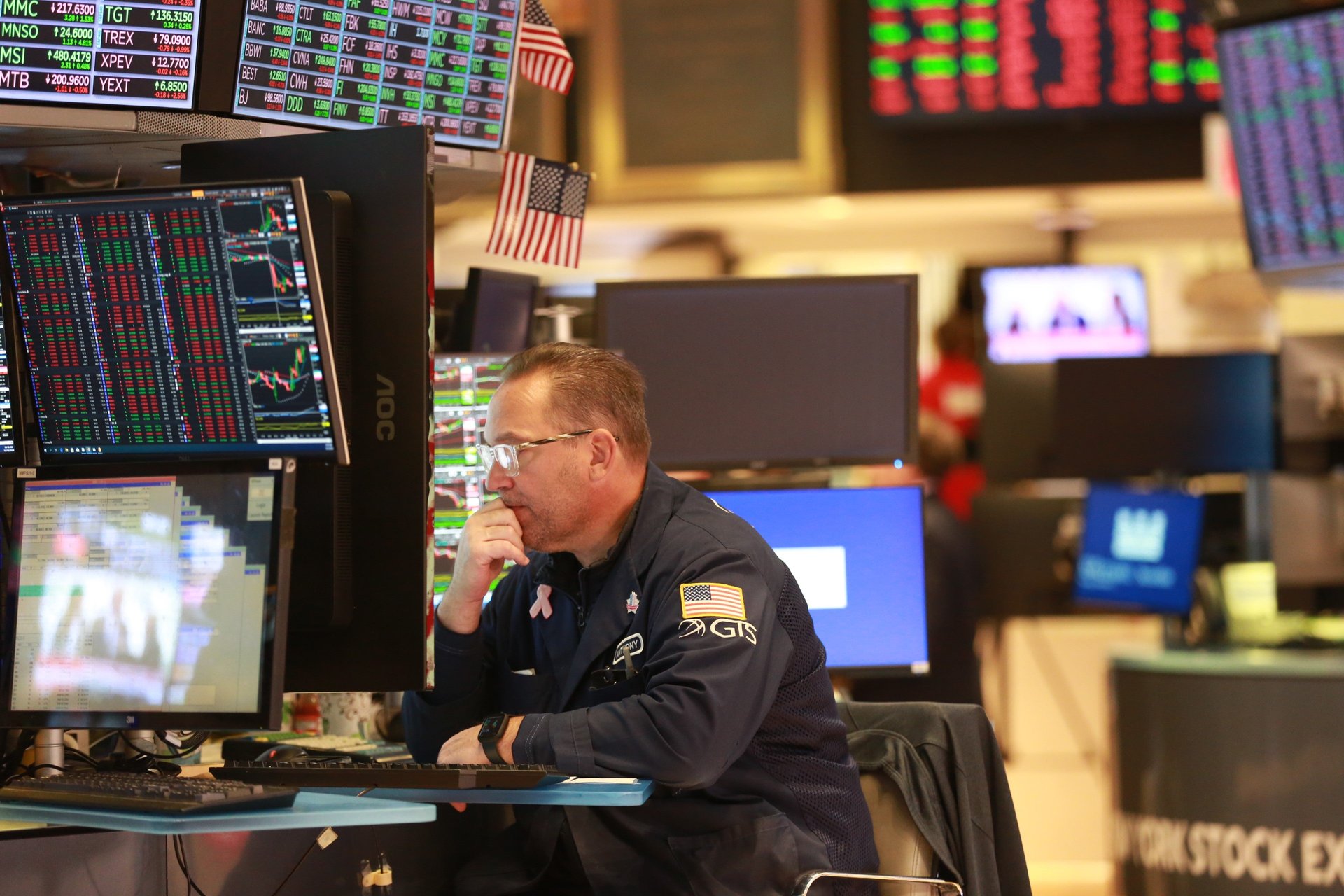The Dow just had its longest losing streak in decades
The S&P 500 and the Nasdaq also fell ahead of the Fed's last decision on interest rates this year

The Dow Jones Industrial Average dropped more than 250 points on Tuesday, marking its longest losing streak since the 1970s.
Suggested Reading
The index closed down 267 points, falling 0.6% to 43,449. It has shed value since Dec. 4, hitting a nine-day losing streak. That is its longest since 1978.
Related Content
Other market indexes also took a hit Tuesday ahead of the Federal Reserve’s final interest rate decision of 2024, set for Wednesday. The S&P 500 fell 0.4% and the tech-heavy Nasdaq dropped 0.3% amid a slump in Nvidia stock.
Following Donald Trump’s election win in November, markets rallied to record highs on expectations of a market-friendly and deregulatory White House.
The Dow, which tracks the market performance of 30 U.S.-listed large-cap companies, closed above 45,000 for the first time on Nov. 29. The S&P 500 closed above 6,000 for the first time on Dec. 6, and the Nasdaq ended Monday at a record high of more than 20,000.
Economists are widely expecting the Federal Open Market Committee to lower the federal funds rate by 25 basis points to 4.25%-4.50% on Wednesday. That would be the central bank’s third consecutive rate cut of the year, bringing total reductions to 100 basis points.
But the Fed could begin to slow its pace of cuts in 2025 given slightly hotter-than-expected inflation and an uptick in unemployment. Goldman Sachs (GS) has revised its forecast to project quarterly cuts in March, June, and September, with a higher terminal rate of 3.5-3.75%, researchers at the investment bank led by Jan Hatzius said in a note Sunday.
The Fed could also take a more cautious approach toward monetary policy given uncertainty around the incoming administration’s economic plans, Goldman said. In particular, Trump’s proposed universal tariff, could push inflation back up above 3%, according to the investment bank’s projections.